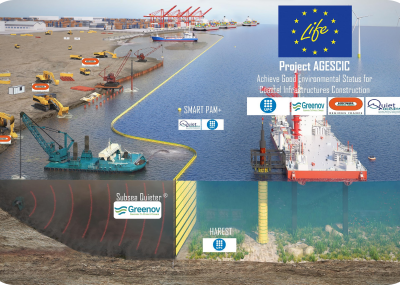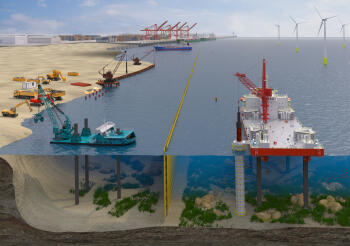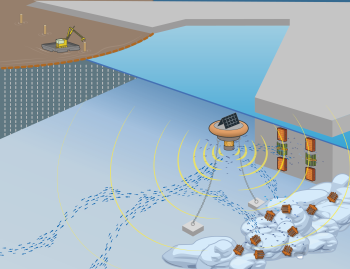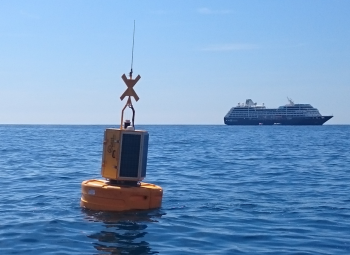Because of human activity, the sound intensity in certain sea areas increased by 20 decibels over the last 50 years. Studies in underwater bioacoustics demonstrated that noise pollution has dangerous consequences on marine wildlife. People usually think about marine mammals because of their hearing sensitivity and of their dependence on underwater sound to feed, migrate and communicate, but many more marine organisms are affected by sound.
Scientific studies underline that underwater noise pollution, in particular at low frequencies, has significant consequences on certain species of fish, turtles and cephalopods. The noise is a variation of pressure which can have consequences on the marine fauna from a simple annoyance to physical injuries on sensing organs leading to loss of hearing sensitivity, trauma, embolism, etc. Those threats can cause disturbances of behaviour such as stress, flight behaviours, avoidance and can also lead to animal death.
Turbidity impact on marine ecosystems was also studied by scientists. Because turbidity blocks light penetration, it directly impacts the growth of benthic life. Materials in suspension in water modify the filtration capacity of bivalves and pelagic species with a huge impact on young animals. Finally, turbidity caused by disturbance of the soil frees chemical substances trapped and accumulated for decades in the sea floor that can come in suspension in the sea column and then the human food chain. It can also reach mortal thresholds for living species.
This bioaccumulation phenomenon requires monitoring of water quality and marine sediments. Moreover, harbour zones are more affected by these pollutions and need particular attention.



